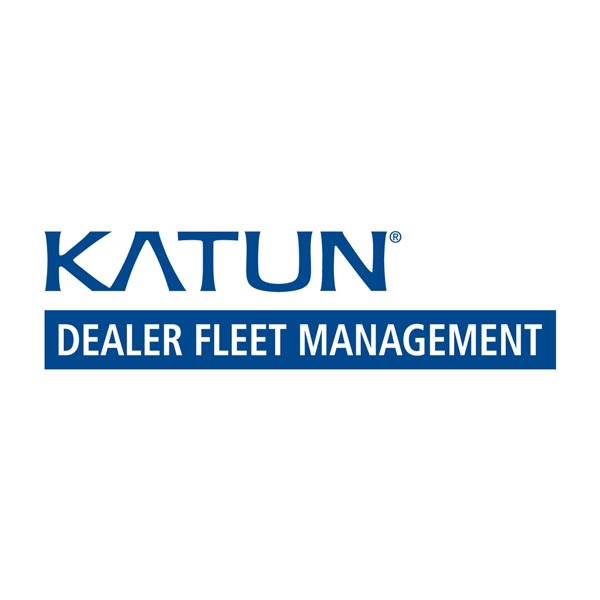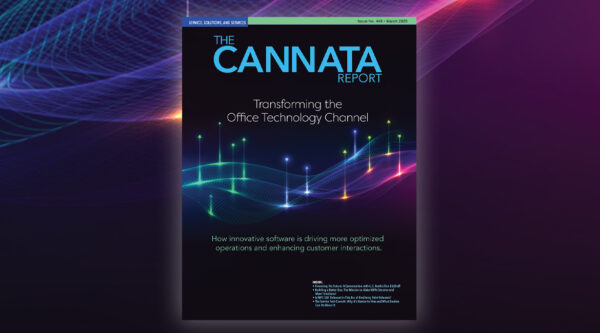A better way of billing for MPS has struggled to catch on with most office technology dealers.
The end is near for flat-rate billing also known as seat-based billing. This was a print management business model that was touted heavily by industry thought leader West McDonald for nearly a decade. Even though he was one of flat-rate billing’s most vocal proponents, he’s not the advocate he once was.
That’s not to say the model is broken because companies such as HP and Konica Minolta offer flat-rate programs mostly at the request of certain customers, and Earl Everson of Elite Document Solutions in Schaumburg, Illinois, has embraced it as his business model.
As Everson told me in 2021, “I had this concept to eliminate billing issues and click rates. So, I called one of my larger customers and said, ‘I have an idea and need you to help me understand if I’m going to lose with this concept or win?’” The customer was intrigued, and Everson started them on the program. “I realized that wow, this was a good thing for us and great for the customer,” he said.
The program, which Everson launched nearly nine years ago, is an easy sell because Everson has perfected his sales pitch. He uses an image of an old flip phone as a prop when selling the program with a graphic that says, “Pay per minute.”
“Back in the day, you were paying per minute to talk on that phone,” said Everson. “I ask customers, do you still pay per minute to talk on your phone? They’re like, no.”
And when he asks them how they pay, and they say they have an unlimited data plan, he says, “Wouldn’t it be nice to have an unlimited plan on your copiers as well? Or do you still want to pay per page to print, just like per minute to talk? When I dial it down into the world they live in, the light bulb goes off. It’s a no-brainer because none of my competition offers it. That’s what separates me at the end of the day from everybody else.”
But what about everybody else?
Not Worth the Pain to Change
Recently, I sat down with McDonald to discuss what became of flat-based billing. On paper, the concept was and still is viable. In reality, with the exception of a handful of smaller dealers like Elite Document Solutions who are using this model as a point of differentiation, few dealers see a pressing need to change.
“Flat-rate offerings have certainly not been adopted nearly as much as they could be,” acknowledged McDonald. “That being said, lots of dealers progressively did it on their own. They looked at it as basically setting up a pizza menu style for certain types of customers. It’s still out there; you don’t really hear much about it because it’s not dealers’ primary go-to-market offering.
But for those looking to start a managed print practice, and there are a few, flat rate makes sense, as they can leapfrog cost-per-page providers. If you’re not first, you have to be different!”
The other impediment to the adoption of flat-rate billing is that dealers would rather devote their resources to growing other areas of their business. “Print, as a rule, has either stabilized or is declining,” explained McDonald. “Office equipment dealers only have so many resources, so are they going to spend time revamping their managed print program for a non-growth area?”
Those resources are now used for managed IT, cybersecurity, VoIP, electric vehicle (EV) charging stations, production print, and barcode printers. The latter two despite being print technologies, are not a fit for flat-rate billing.
According to McDonald, if dealers are going to focus on growing those areas of the business or diversifying, they need to determine if the managed print piece of their business is good enough as is.
“If the answer is yes, then you don’t need to do anything else to it,” he said. “It pains me to say that because it’s a better model and offers better margins. It is more predictable for customers. If you ask a customer, would you prefer a flat-rate or cost-per-page model? Hands down, 90% would say, a flat-rate offering. It’s how we pay for everything else. But the problem is the cost-per-page model is so entrenched and there’s not enough pain for most dealers to move away from it.”
The Flat-Rate Billing Narrative Has Changed
Even McDonald has gravitated away from the flat-based model, a model that he has helped his consulting clients implement. “As much as I love it, that doesn’t mean you keep going down that road if there’s no market for it. I’ve been quite open with this client that I’m dealing with now saying, you could be my last flat rate engagement. You hate to say it when it’s your baby, but as Stephen King said, sometimes you have to ‘kill your darlings.’ It doesn’t matter how good the idea is, if it doesn’t fit the narrative, it’s got to go.”
After nine years of advocating for flat-rate billing and helping dealers implement flat-rate programs, McDonald has diversified himself, launching West McDonald Co., an artificial intelligence (AI) services business that provides AI consulting and training.
He also writes extensively on the topic and hosts a weekly AI Explorers group on Thursday afternoons for office technology industry movers and shakers. You’ll also find him speaking at industry conferences and for dealers at the request of their OEMs. He emphasized that this isn’t the end of flat rate, it’s just the end of it for him. “Once I’m done with my current clients, I’ll be 100% focused on AI solutions.”
Asked if this is the last time that I should be writing about this topic, McDonald replied, “Yeah, absolutely. You can quote me on it.”
Even then, he couldn’t resist a final plug for flat-rate billing. “It’s the best way to offer print management. And for those who are looking to be different in the marketplace, it’s a huge opportunity.”




